The long-term evolution of Xiaomi’s software experience has raised an important discussion among users: should Xiaomi further move into adopting an iOS-inspired visual language, or return to a more original and performance-oriented identity similar to MIUI 9? As the Human x Car x Home ecosystem by Xiaomi expands with HyperOS, this debate has gained momentum across global markets. Early feedback collected from community reports, interface reviews, and feature comparisons shows that user expectations vary considerably depending on usage habits and device categories.
Changing the Game from MIUI 9 to HyperOS
Only in that comparison-the performance-first engineering of MIUI 9 versus the modern visual architecture of HyperOS-can the design transformation of Xiaomi be contextualized. While MIUI 9 aimed for minimalism, fast animations, and strict resource allocation, HyperOS replaced those with advanced rendering effects, layered blur structures, and a split Control Center reminiscent of modern iOS releases.
The Role of Design Evolution
This shift to a richer visual identity has been influenced by evolving user needs, larger display technologies, and the requirement for an interface suitable for phones, tablets, wearables, and automotive systems. Because HyperOS acts as a unified platform across these categories, consistency is favored over pure performance. The reason being that some users appreciate its premium aesthetics, whereas others miss the direct and fast interaction model of MIUI 9.
Why Some Users Prefer an iOS-Like Experience
For many users, including those who have recently migrated from iPhone or are used to the iOS-influenced design language, Xiaomi’s new direction is highly valued. They point out that daily operations are much more intuitive with the familiar layout, unified toggles, dynamic elements like Super Island, and better visual depth.
Adoption Patterns Across Markets
iOS remains a strong aspirational reference point in China, especially in premium segments. HyperOS from Xiaomi resonates strongly with users seeking modernity and consistency across smartphones, tablets, and the SU7 vehicle. This alignment further improves app compatibility patterns for large-scale local services such as WeChat, Alipay, and Meituan, in support of overall user satisfaction.
Why Some Users Prefer Xiaomi’s Original Approach
On the other hand, long-time Xiaomi users, power enthusiasts, and Android-centric communities believe that Xiaomi should work towards a more distinguished visual identity. For this audience, MIUI 9 is valued due to its fast response times, all-in-one notification panel, and less complex animation logic.
Performance, Consistency and Control
It is also not uncommon for them to point out that, with less powerful hardware, the visual effects-real-time blurring, dynamic renderings-actually limit performance. They want options for how the interface works, such as being able to toggle between the Android-style unified panel and the new split Control Center; the inability to do so on some of the HyperOS builds tends to be a major factor of dissatisfaction.
Strategic Factors Behind Xiaomi’s Current Direction
From the perspective of business, design decisions by Xiaomi strongly support broader strategic objectives: with increasing exposure to the premium smartphone category, along with growing the ecosystem via SU7 and smart home products, a unified visually rich interface becomes of prime importance.
Alignment with the Premium Segment
The high-end Xiaomi offerings, like the Xiaomi 15 Ultra or Xiaomi 14 Ultra, usually match up to and surpass the flagships of iPhones in categories above the $900 USD range. For these categories, visual polish and perceived premium quality make a huge difference in user expectations. The aesthetic approach of HyperOS attains this with a modern, recognizable design and consistency across product lines.
Whether Xiaomi wants to give users an iOS-like interface or something quintessentially Xiaomi in design is a question that does not have a singular answer. Instead, it reflects the diversity of Xiaomi’s global audience: power users emphasize originality and performance efficiency, while mainstream and premium-segment users value familiarity, visual sophistication, and ecosystem consistency.
As Xiaomi continues to develop HyperOS for phones, vehicles, and smart home devices, the challenge will be juggling this diversity while sustaining a coherent design identity.

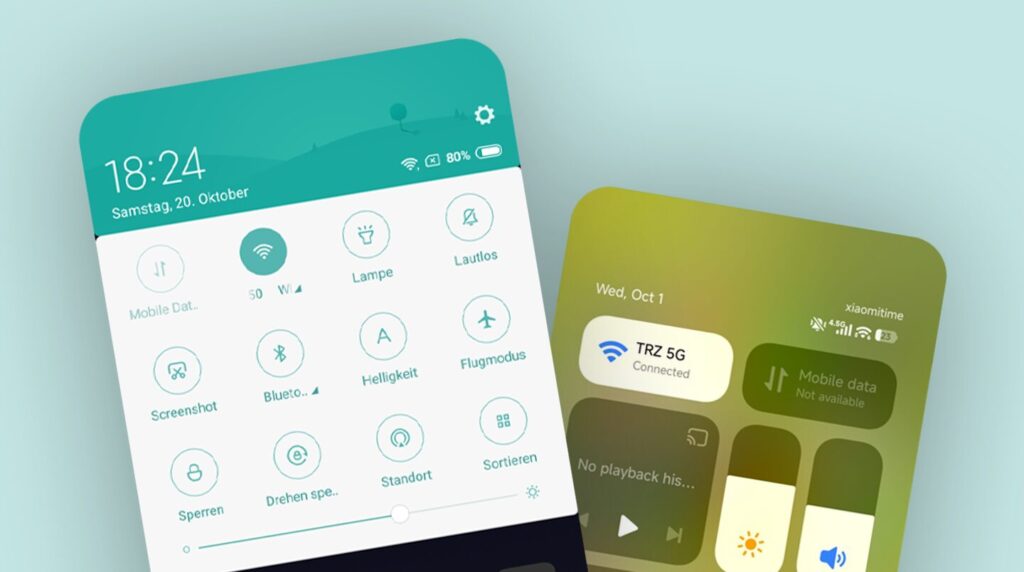
 Emir Bardakçı
Emir Bardakçı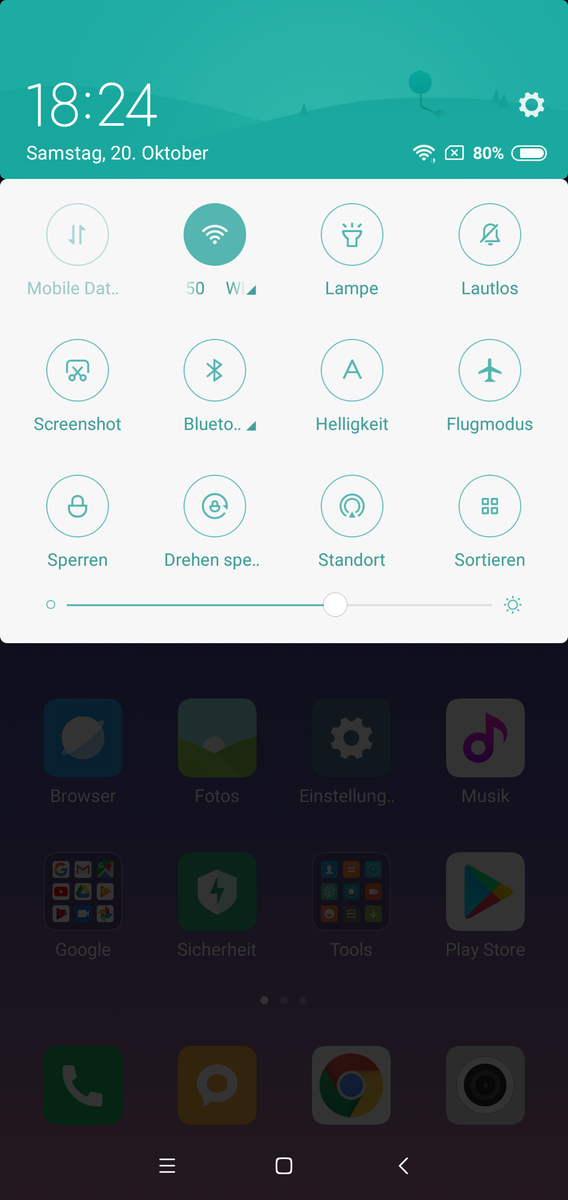

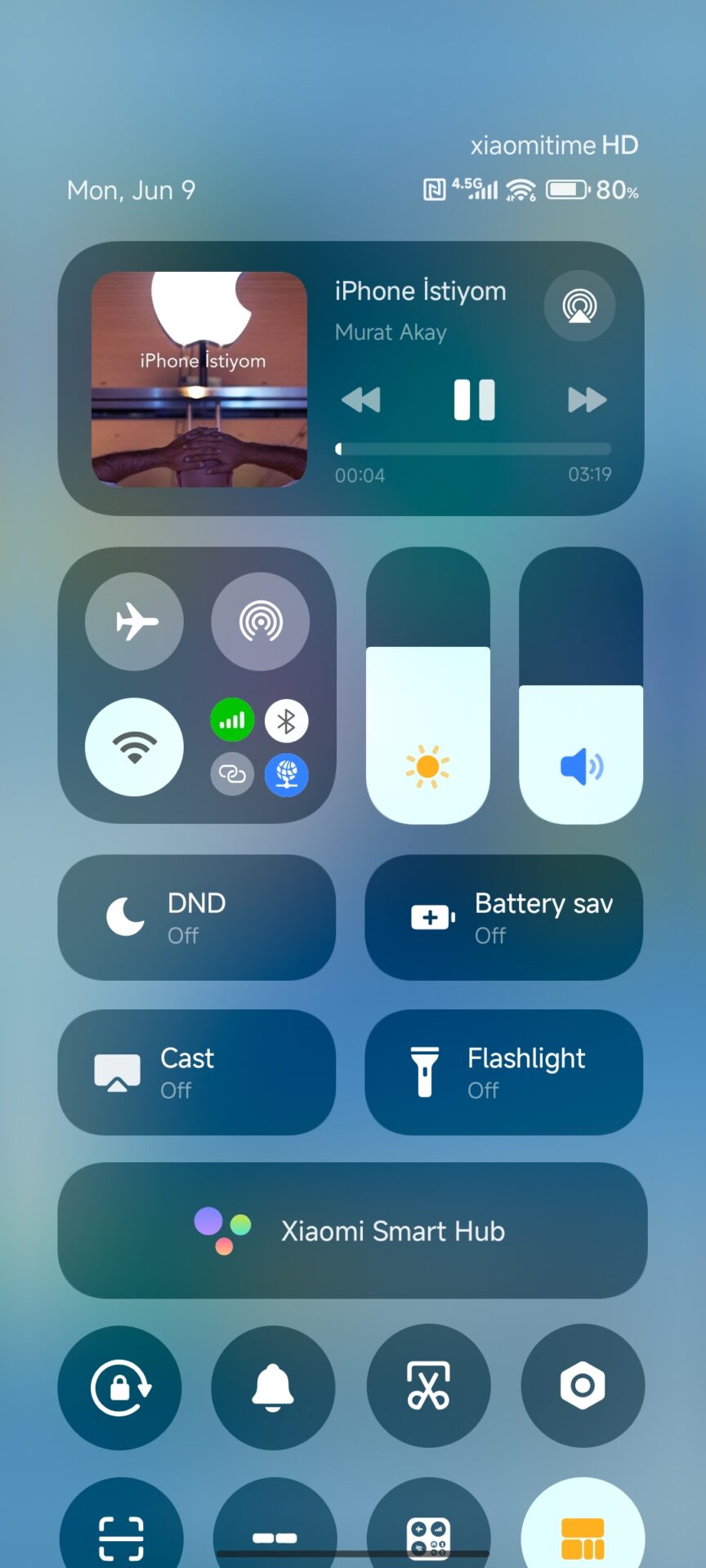
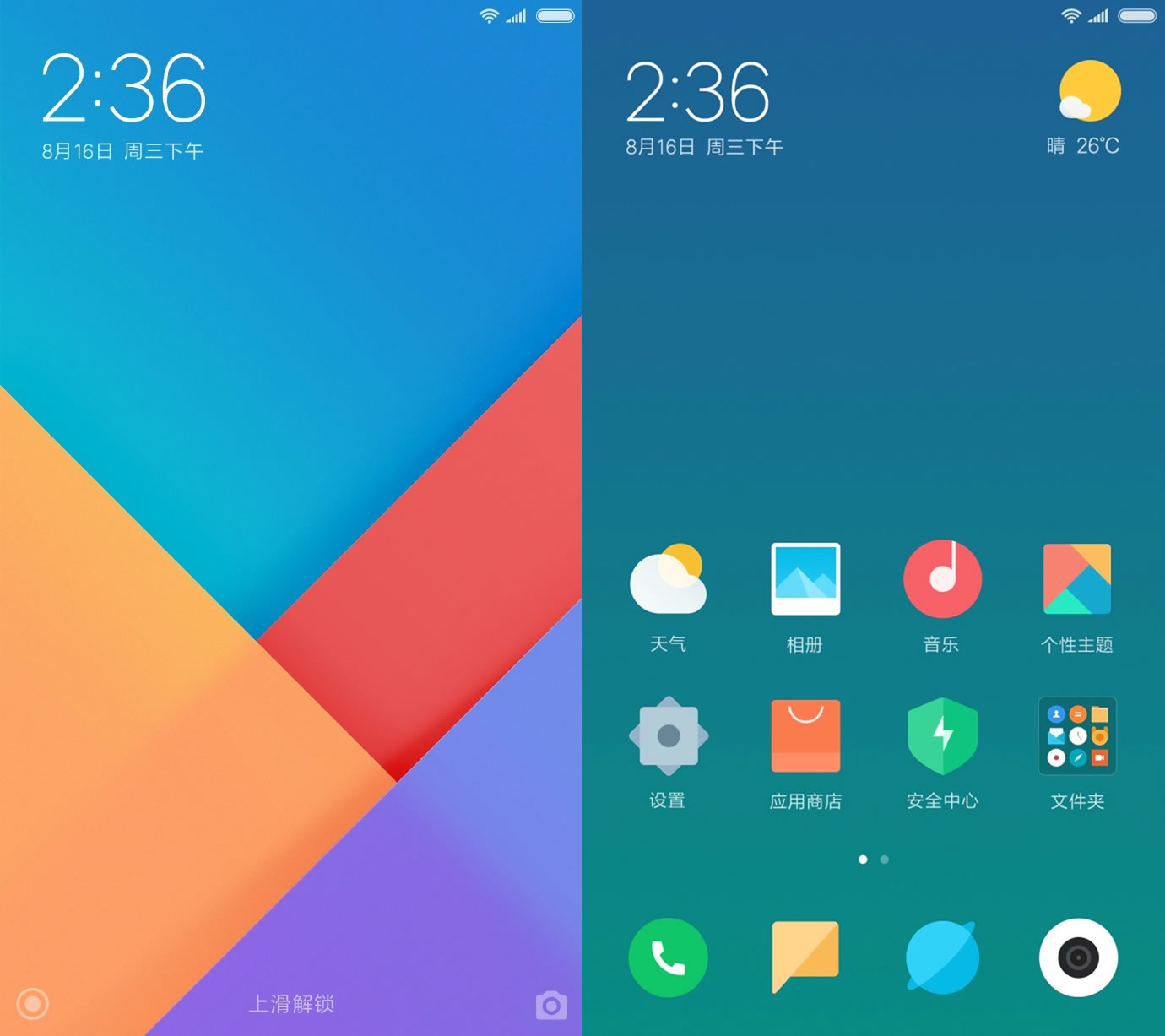

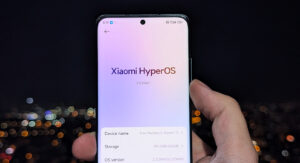
new control centre
control centre settings option Not Showing/Not Working on my phone please fix this issues as soon possible
control centre settings option Not Showing/Not Working on my phone please fix this issues as soon possible my phone Redmi 14c 5G please fix update